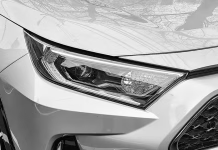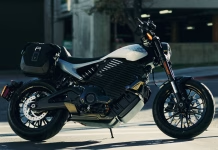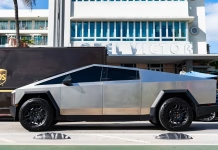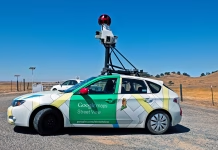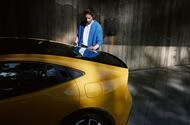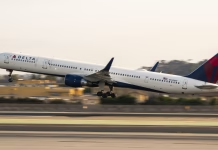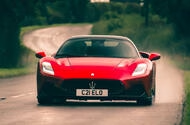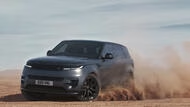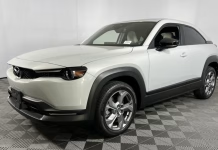Is This Crossover Really Outselling the Ford F-150? The Surprising Truth Behind the Numbers
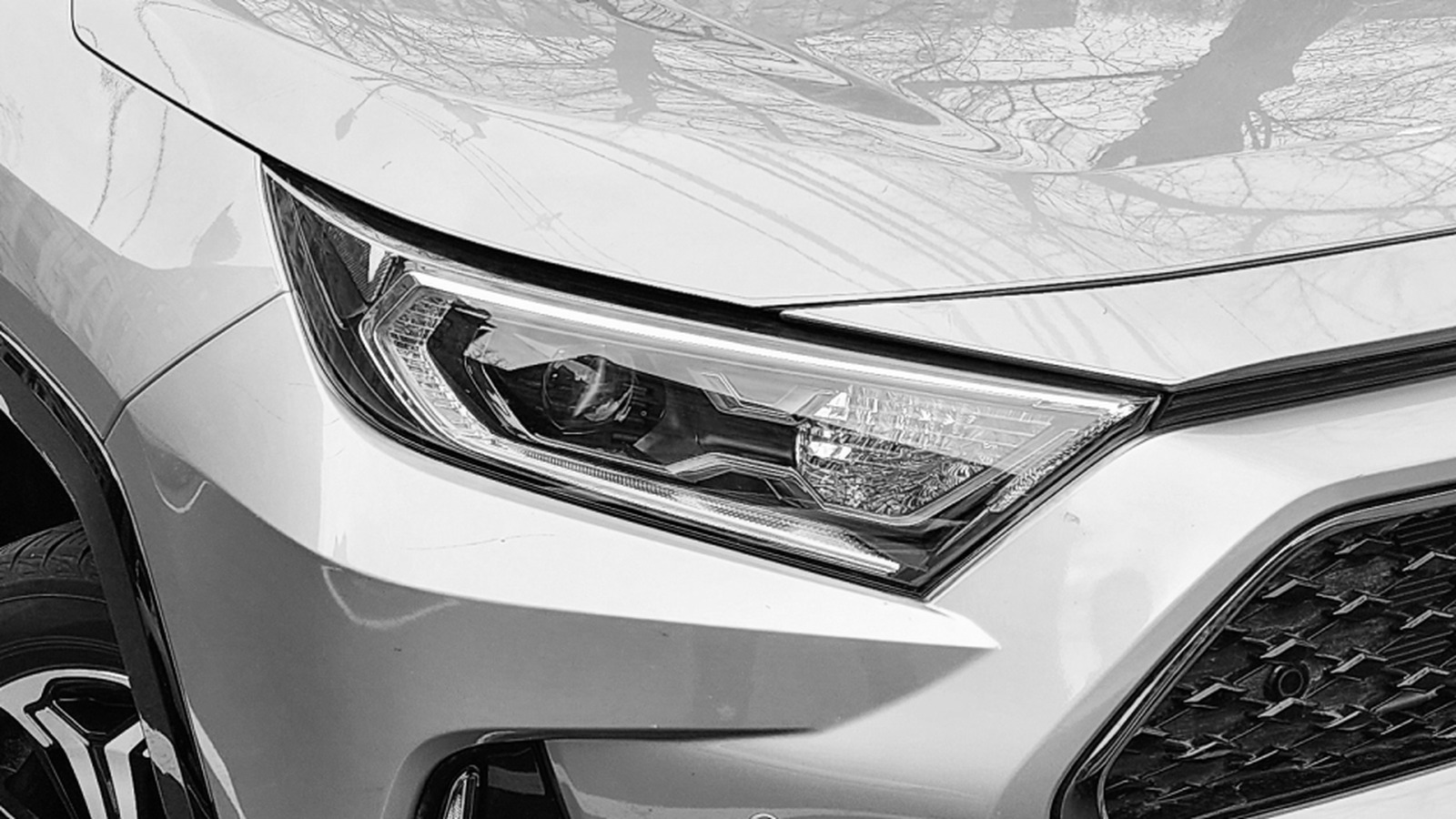
Get Your Motorcycle License on an All-Electric Bike for the First Time
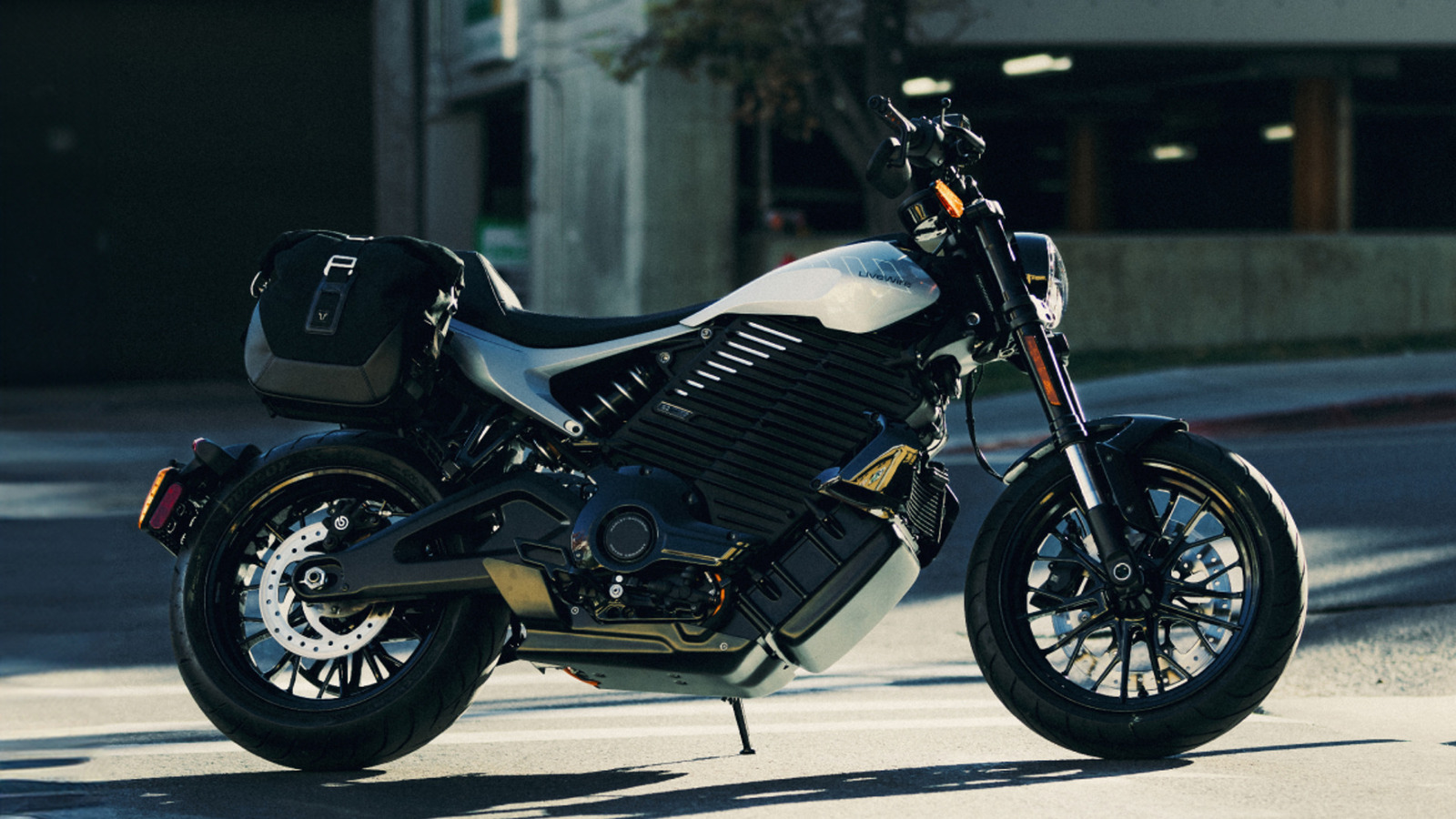
Tesla Cybertruck Owner Reports Sudden Suspension Failure in Driveway
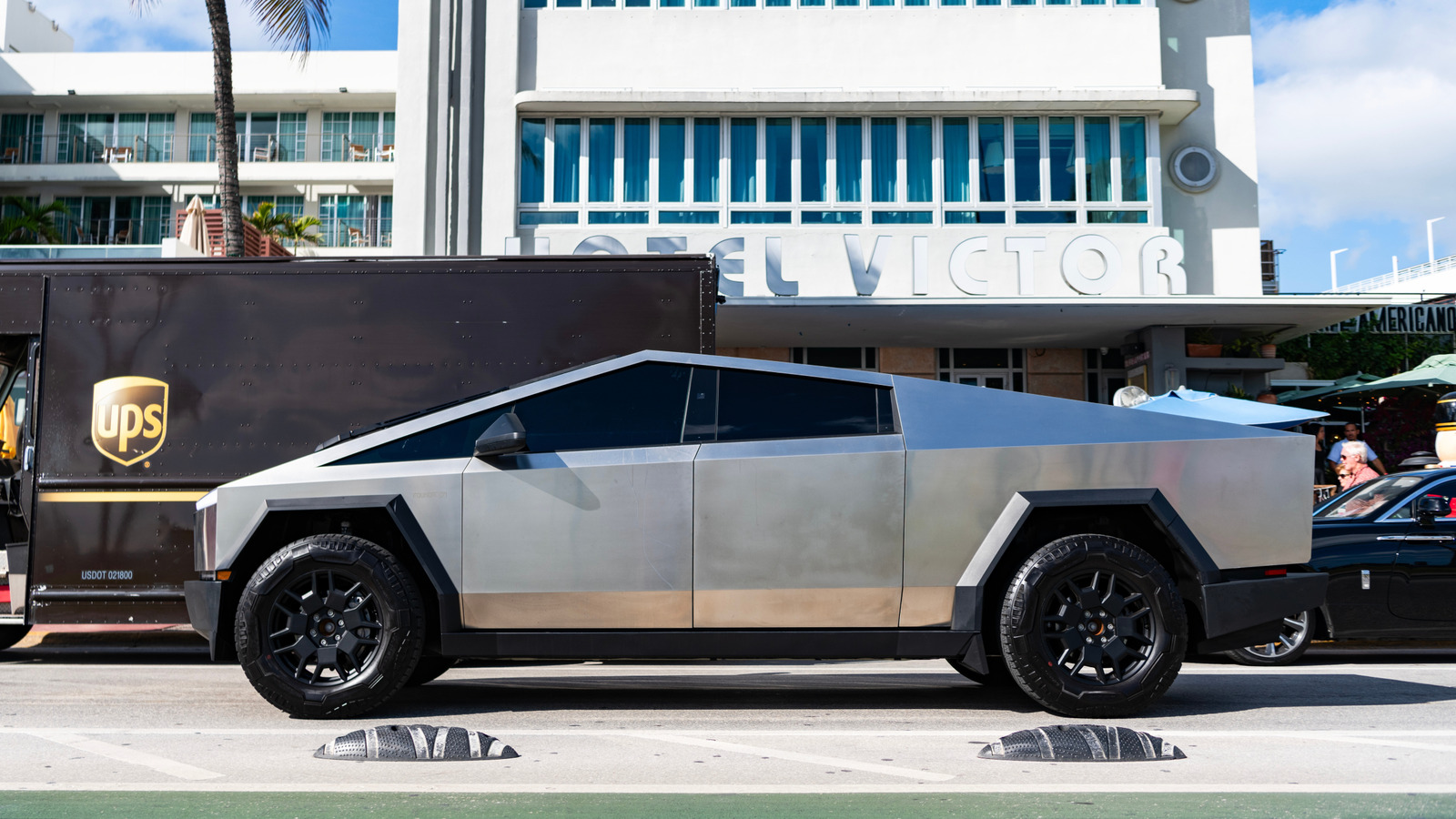
Man Wins $12,500 After Google Street View Reveals His Backyard Privacy Breach
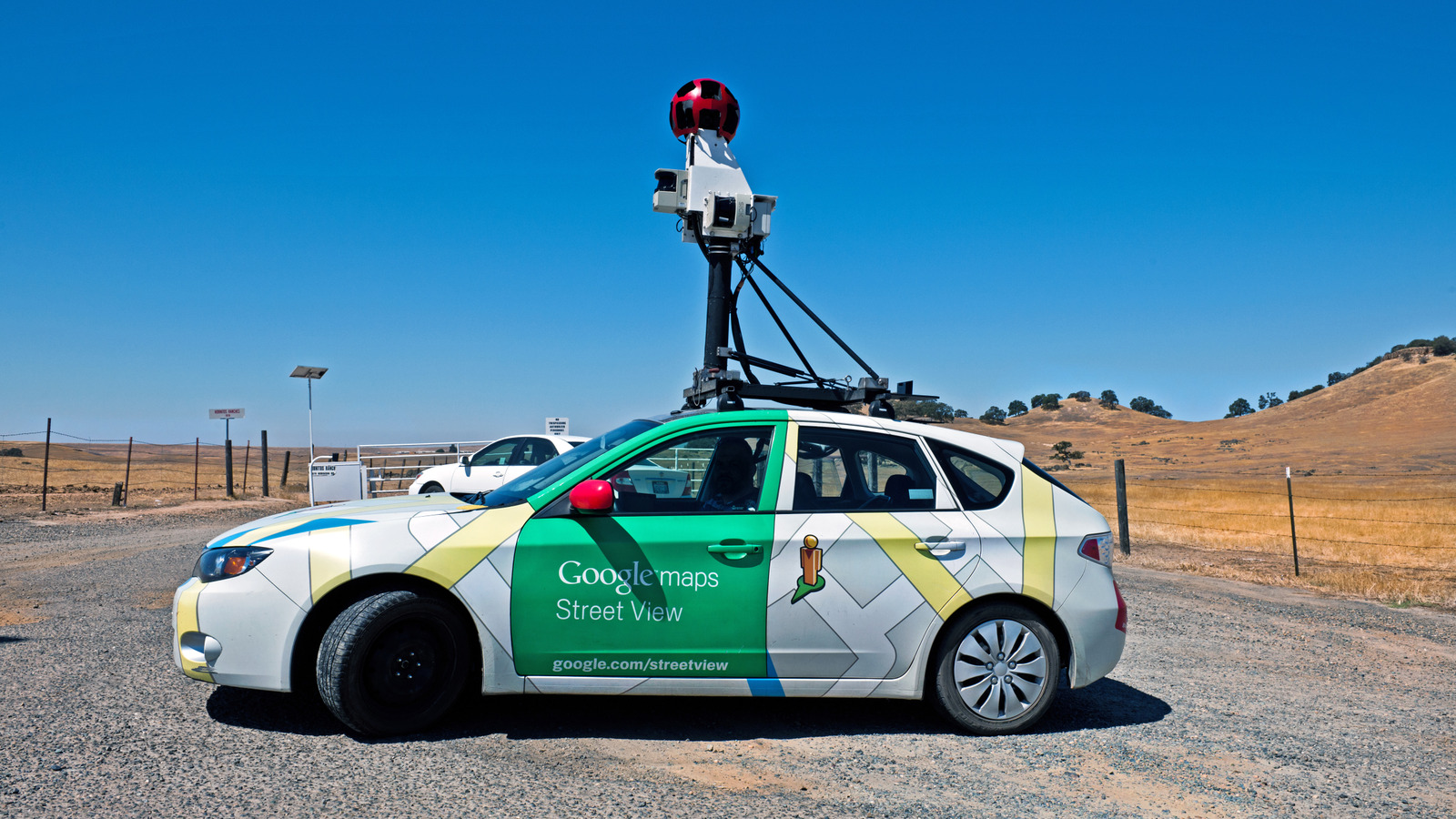
UK Plug In Hybrids Set to Dodge EU CO2 Tax Hikes in Bid to...
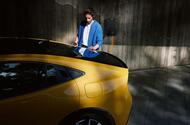 Rule changes could soften tax hikes for a powertrain popular with company car fleets
Rule changes could soften tax hikes for a powertrain popular with company car fleets
Plug-in hybrids sold in the UK could avoid planned changes across Europe to how CO2 figures are calculated in a bid to keep their appeal to fleet buyers.
Under the changes, the European Commission’s latest Euro 6e-bis emission standard will assume a lower share of a PHEV's electric-only mileage, resulting in a more representative (and higher) CO2 figure.
This would result in tax hikes and therefore a loss of the benefit-in-kind incentive that has driven the powertrain's popularity among fleet buyers.
However, the UK has revealed “easement” plans to continue encouraging the take-up of lower-carbon vehicles.
What are the EU's changes?
The European Commission’s latest Euro 6e-bis emission standard was introduced in January 2025 for new vehicle launches, and manufacturers have until the end of the year to retest their entire model range.
Although the focus is pollutant emissions, the new standard includes an adjusted ‘utility factor’ for PHEVs that assumes a lower share of that vehicle’s mileage is driven on battery power, offering a more representative CO2 figure.
It follows a study of real-world data showing PHEVs emit three and a half times more CO2 on the road than during the official test cycle.
In December 2022, the International Council for Clean Transportation (ICCT) warned that Euro 6e could raise a 45g/km PHEV’s CO2 emissions rating to 96g/km, then 122g/km when the second adjustment is applied in 2027. That’s without any mechanical changes to the vehicle.
Although Euro 6e compliance isn’t mandatory in post-Brexit UK (excluding Northern Ireland), vehicles engineered or retested for other markets would be imported with figures derived from the new test.
This could hurt manufacturers’ ability to meet average CO2 targets (and earn credits that can be counted as zero-emission vehicle sales) and have tax implications for CO2-incentivised fleets, which account for more than 80% of new PHEVs.
Cars emitting 50g/km CO2 or less qualify for low company car tax bands and more generous relief from corporation tax. Businesses can offset 100% of lease costs, or 18% of the purchase cost, against their pre-tax profits. Those rates fall to 85% and 6% respectively above that threshold.
What is the UK planning?
In a statement, Treasury secretary James Murray confirmed plans for a two-year “easement” from April 2026, enabling manufacturers to publish CO2 figures based on the outgoing Euro 6d standard – a proposal originally put forward as part of the ZEV mandate consultation last December.
During that period, manufacturers can either continue to use pre-2025 type approval data or convert new Euro 6e-bis figures back to a Euro 6d equivalent. This will mean some models have lower published CO2 figures than an identical car sold in other European markets.
Final legislation will be published in a future finance bill, following a public consultation.
The Association of Fleet Professionals welcomed the proposal, with chair Paul Hollick adding that PHEVs are already facing company car tax rises from April 2028. From that date, all vehicles between 1-50g/km of CO2 will fall into a single 18% band, instead of multiple rates according to their electric range.
Hollick said: “Our view is that it would be unfair if tax on company cars was increased beyond the levels announced in the Budget.
“We hope the planned easement makes this possible and that the situation is resolved as quickly as possible. Many fleets and drivers have understandably been holding back from ordering PHEVs until they know what they will be paying. Given that the new legislation will take effect in April 2026, which is not necessarily that far away in terms of placing car orders, a speedy resolution would make sense.”
Thomas McLennan, director of policy and public affairs at the British Vehicle Rental and Leasing Association, agreed that certainty is critical for fleets.
He said: “The prospect of testing regimes changing or official CO2 figures varying creates confusion and causes companies to second guess when decisions should be made.
“We are starting to get the certainty we need, but while PHEVs will still be attractive for OEMs and company car drivers, it looks like they will still be hit by higher first-year vehicle excise duty (VED) payments, along with other tax impacts.”
Federal Agents Storm Delta Flight Cockpit to Arrest Co-Pilot Moments After Landing
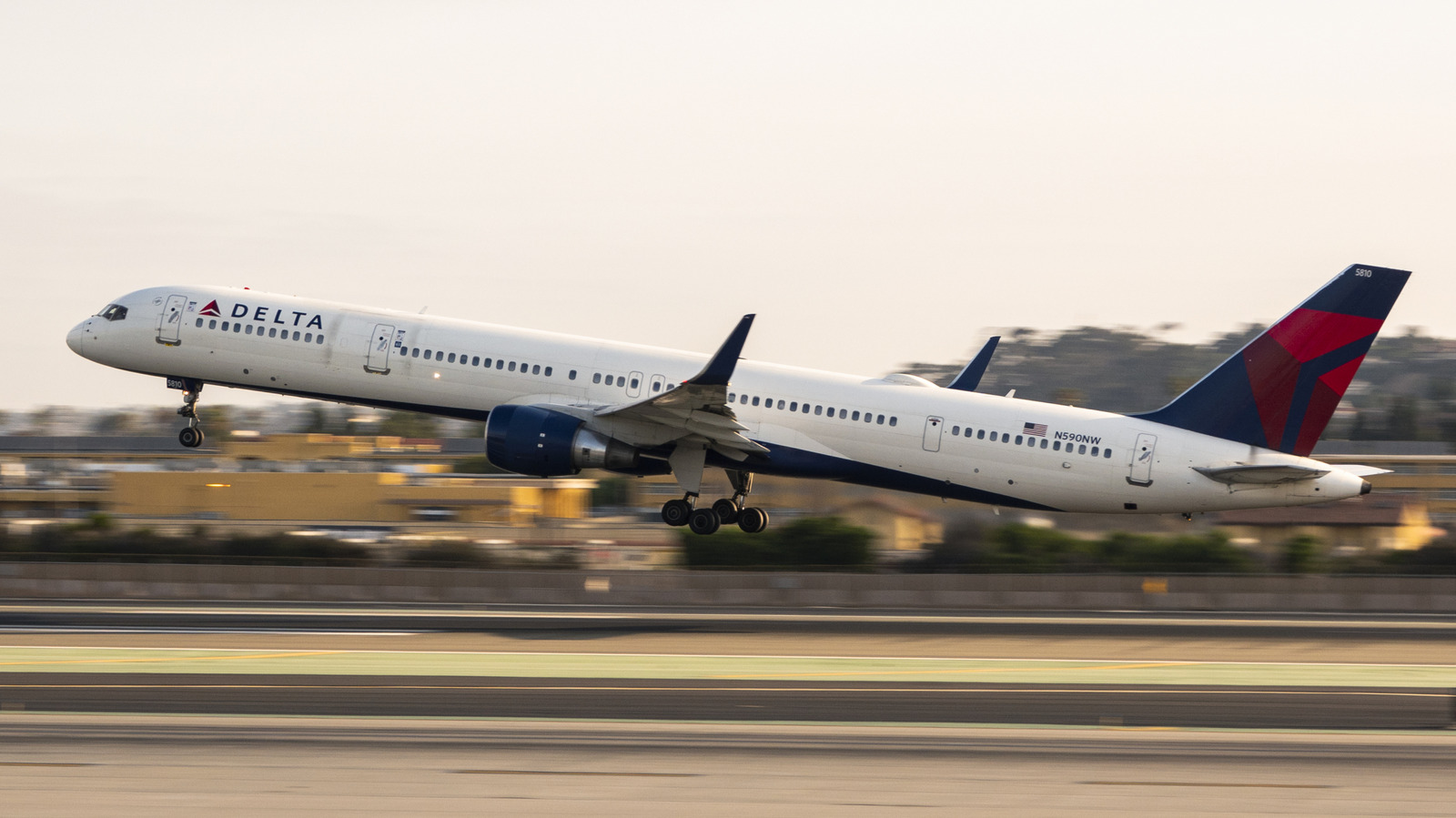
Maserati Hints at Electric Supercar Comeback When Drivers Demand It
 Boss says cancelled MC20 EV could see light of day as MCPura Folgore when "the customer is ready"
Boss says cancelled MC20 EV could see light of day as MCPura Folgore when "the customer is ready"
The electric version of the Maserati MC20 supercar could still see the light of day if the market picks up, says Maserati, after it cancelled the model earlier this year, citing insufficient demand.
Promising huge power and similar dynamics to those of the V6 car, the MC20 Folgore would have been the first electric supercar on sale – the circa-2000bhp Rimac Nevera, Pininfarina Battista and Lotus Evija meriting full-bore hypercar status.
Its potentially seminal status was ultimately its downfall, though, with nothing comparable on sale against which it could be benchmarked. Maserati wasn’t confident it would attract a sufficient number of buyers away from V6 and V8-engined alternatives to recoup the substantial development costs.
Maserati CEO Santo Ficili stands by the decision and told Autocar: “I don’t think it’s the right time to take this kind of supercar in the electrification direction.”
But he added that the MC20 Folgore project was on pause, rather than cancelled, and the car could yet make production as the MCPura Folgore.
“Let’s say we will see,” he said when asked if the firm’s supercar could yet go electric. “The project is [advanced], but we decided to wait to understand what is going to happen.”
There are no immediate plans to begin development again. Ficili said: “We have this fantastic [V6] engine that is to the satisfaction of our customers. We hold a different kind of power. This is our engine at this time.”
He added that he did not have the “crystal ball” to see when there will be a market for an electric supercar, and that it was crucial “to have the customer ready to buy a car like this” before investing further.
In the meantime, Ficili went as far as to suggest Maserati could launch a new ICE-powered, manual-shifting super-GT flagship, in partnership with Alfa Romeo. This would be likely to use the 3.0-litre twin-turbo Nettuno V6 that powers the MC20 and Granturismo.
The firm's technical boss Davide Danesin Maserati engineering boss Davide Danesin said "there are still customers looking for pure mechanical cars,” because they have a “bad feeling” about having a battery on board a supercar, due to the heightened complexity and extra weight it brings.
Essential Rules to Know Before Living Off-Grid in Your RV

JLR’s High-Stakes Balancing Act How the British Automaker’s Bold Moves and Electric Ambitions Face...
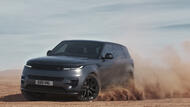 Electric cars, Jaguar's rebirth, and Discovery's next steps are all big challenges facing the British brand
Electric cars, Jaguar's rebirth, and Discovery's next steps are all big challenges facing the British brand
JLR has achieved the almost impossible to post its best profit for 10 years, cancel out a £5 billion debt mountain and deliver record dividends to owner Tata Motors.
The company managed these impressive feats in its financial year running to the end of March by polishing its Range Rover and Defender brands such that they shone so brightly customers were willing to pay more than for rival vehicles in the premium SUV space.
That was hard enough, given the challenges facing an arguably sub-scale company squaring up against global giants like BMW and Mercedes-Benz – but now comes the even harder part.
Applying the same restoration magic to Discovery and Jaguar, the two problem rooms in the 'House of Brands', will require next-level business acumen. JLR also needs to successfully roll-out electric cars to customers who so far have remained sceptical, especially in the company’s largest market of the US. Plenty of other dangers lurk too.
At the JLR annual investor day, however, CEO Adrian Mardell was brimming with confidence after a series of wins, mainly financial but more recently in persuading the UK government to push through the successful negotiation of a reduction in president Trump’s crippling 27.5% US automotive tariffs down to 10%.
“We’re a big deal. We’re the deal in automotive in the UK,” Mardell told the assembled analysts at the event, held at Gaydon. “Our influence level in domestic and international governments is really, really high.”
Mardell then took a moment to gently scold the room. “I believe some of you have over-indexed the problems and under-indexed what we've done. Just think about it,” he said.
Getting the analysts to think about it were all of JLR's brand heads, led by chief commercial officer Lennard Hoornik, who outlined what the company has achieved.
“The most simple strategy was to ask for a higher price. That was it,” Hoornik said. “The higher price shows the confidence, it shows the timelessness, it shows the brand.”
Hoornik referenced the Defender, JLR’s biggest selling model globally, at 59,743 units in the six months to the end of June. He said: “That segment wasn't there at all. We were only selling 10-12,000 Defenders [a year]. And then we decided to go for five or six times the volume at about three or four times the price.”
The Defender broke its own sales record last financial year – almost unheard of for any vehicle in the fifth year of its model cycle. As with the Range Rover, JLR is looking to move the brand further up market into what it calls the ‘tough luxury segment’ with models like the £148,000, V8-powered Octa.
Along with the Range Rover and Range Rover Sport, the Defender helped JLR turn a £3.6bn loss in 2019 to a £1.8bn profit after tax last year.
But sustaining those profits, let alone keeping to JLR’s longer term goal of 15% margins from 8.5% last year, will require flawless execution.
“While the turnaround has been quite credible, it has been hinged on two or three products that had a very strong legacy and probably the right to win in the segments in which they operate,” Kumar Rakesh, associated director at the bank BNP Paribas, told Autocar. “That’s not the same for rest of the products in the portfolio. When you blend EV in the mix, it becomes even more challenging.”
Rakesh referenced Jaguar, which is embarking on an all-EV strategy from next year. This has been previewed by the striking Type 00, a concept that will morph into a large saloon primarily designed for a US market that’s uncertain at best on electric cars. “There’s a risk to that strategy if the hybrid market actually picks up much more strongly and it lasts longer for the next five, six or seven years,” he said.
The family-focused Discovery brand is another question mark, given it has so far been roundly eclipsed by the Defender.
JLR has been incredibly successful in persuading customers to pay more for its three leading models. The company’s average selling price has jumped from below £45,000 in 2019 to £71,546 in the last financial year. However, despite selling models such as the limited-edition £500,000 Range Rover SV Masara, that average selling price hasn’t moved since.
The company is having to spend more to market its cars. After raising prices during the time of constrained supply of the chip crisis, JLR is pouring more into advertising and discounting to shift the metal. Campaigns include sponsoring the Oasis concert tour, while variable marketing expenses (aka discounts) rose by £143 million in the first three months of the year.
Sales meanwhile fell 15% in the three months to the end of June to 94,420 units, largely due to the pause in shipments to the US while the tariff situation was untangled, as well as the winding down of Jaguar sales.
Much of what JLR is facing is common to the whole industry.
“This financial year has certainly thrown us a few challenges,” chief financial officer Richard Molyneux told analysts on the investor day.
Molyneux highlighted US tariffs, which although largely resolved for UK-built cars still represents an increase from the previous rate of 2.5%. Meanwhile, Slovakian-built Defenders and Discoverys will still face the 27.5% tariffs to enter the US imposed from April, with no sign of an EU trade deal on the horizon.
The secondary effect from the US upending global economic norms is a weaker dollar, which also pushes up the price of JLR cars in its largest market. Companies like JLR ‘hedge’ against currency swings but can’t do it forever. “Outside of that short term, it will certainly hurt us,” said Molyneux.
At the same time, key rivals BMW and Mercedes – and to a lesser extent Volvo and Jeep – are gaining a bigger advantage by building their big SUVs in the US.
Another headwind that Molyneux highlighted was “technical protectionism”, for example Chinese ADAS systems not being allowed in the US and vice versa.
China itself is a worry for JLR, as demand for all Western premium brands continues to slump. The country was JLR’s biggest market in the 2023 financial year but has fallen to fifth in the first half of this year at 20,904 wholesales (sales to dealers) against 62,011 in its largest market of the US.
The company is banking on sales from the revived Freelander brand, built on platforms from Chinese partner firm Chery and due in the second half of 2026, to fill falling demand for smaller cars like the Range Rover Evoque and Discovery Sport in the country.
Then there’s the thorny issue of electric power. “There is a growing disconnect, as the predicted S-curve of BEV demand hasn't really taken off in many markets,” Molyneux said.
The current JLR management has tried to distance itself from the capital-intensive mistakes of the previous decade by being a lot more prudent on spending. However, when it became obvious that ICE cars were going to live a lot longer than predicted, JLR was forced to increase spending from a planned £15bn to £18bn, mainly to keep building ICE cars alongside new electric EMA-platform-based mid-size SUVs due next year from the Halewood plant.
So far, JLR has taken its time on EVs. Currently it doesn’t offer a single one after axing the Jaguar I-Pace and won’t until next year when deliveries of the new Range Rover Electric start.
“We're not going to rush that transition. We're gonna nail it,” Mardell said. “Others have gone for speed over capability.”
However, question marks remain over whether JLR can retain its impressive residual performance for cars like the Defender and Range Rover in the switch to electric.
On paper, JLR looks vulnerably high-sided against the storms currently affecting global automotive. However, its tireless work on brand strength could just anchor it until the time when (if) a form of normality returns to the industry.
Why the Rare Mazda MX-30 EV Is Now a Bargain Buy in the US


